There are many incredible black innovators who have transformed the tech industry.
The US government recognised Black History Month in 1976 and celebrated the UK in 1987. People from African and Caribbean backgrounds have been a fundamental part of British history for centuries. However, society often overlooks their value and contribution to society.
Black History Month allows everyone to share, celebrate and understand black heritage and culture.

Alan Emtage
Alan Emtage’s work has transformed our everyday lives, specifically how we find and consume information. Emtage invented the search engine; without him, we may not have had Google or other programs people use to search the web.
As a graduate student and systems administrator at McGill University in Montreal, Canada, Emtage created and implemented the Archie search engine. This program automated the time-consuming process of finding specific pieces of software. In other words, the world’s first search engine.
Emtage filed to patent his invention but has since made many other valuable contributions to the tech industry and today works as the CTO at Mediapolis, an NYC-based tech company.
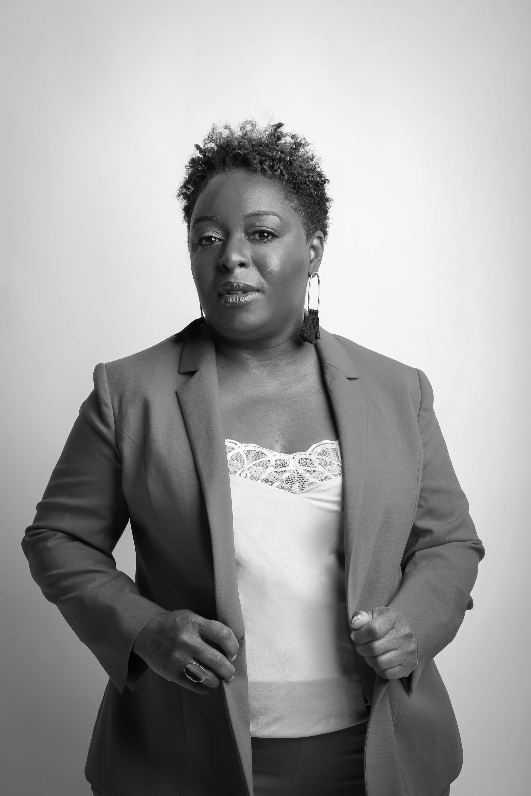
Kimberly Bryant
Kimberly Bryant was born in Memphis, Tennessee and is an electrical engineer. Their early career included work with biotechnology companies Genentech, and Pfizer, a company you may not have known about until recently. You likely regularly hear about Pzifer now as it is behind in developing one of the few widely-approved COVID-19 vaccines.
One summer, Bryant’s daughter attended a computing camp. The boys at the camp were given far more attention from counsellors than the girls. This struck a chord with Byrant. As a result, she founded Black Girls Code, a charity aimed at empowering young girls of colour and providing them with the exposure, skills, and confidence to enter historically white, male-dominated STEM fields.
Today BGC aims “to grow to train 1 million girls by 2050 and become the ‘girl scouts’ of technology.”
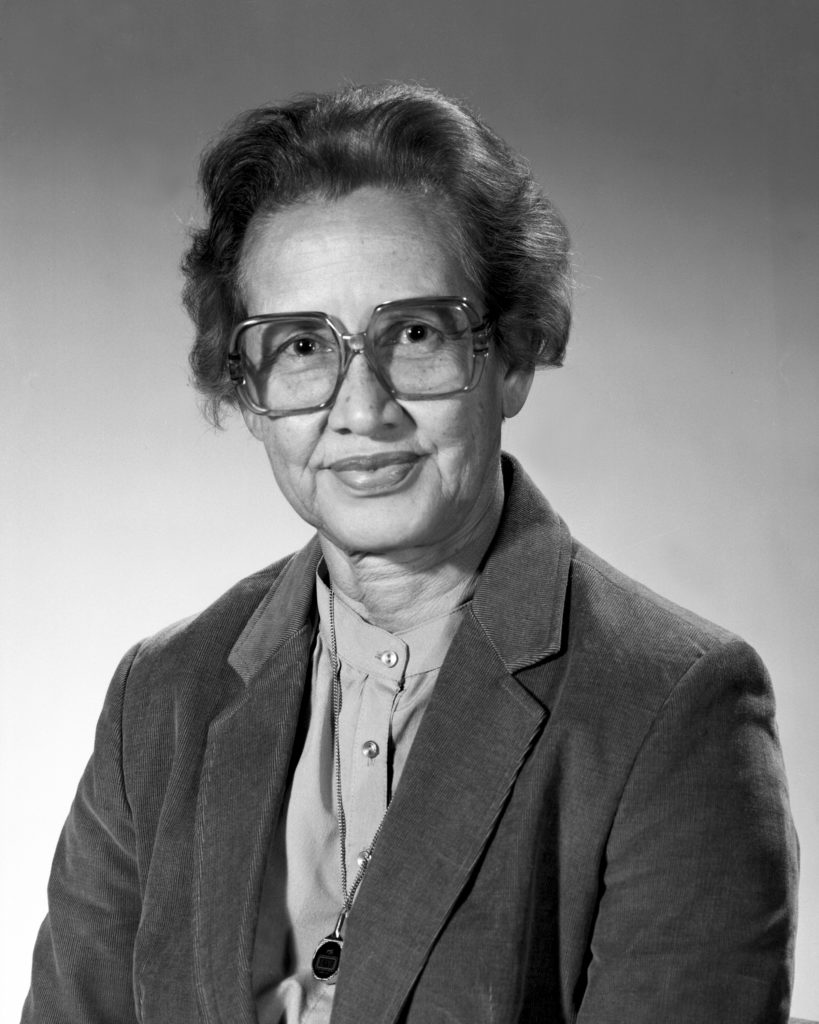
Katherine Johnson
Katherine Johnson was one of the most important tech experts who worked for The National Aeronautics and Space Administration (NASA). She often solved difficult math problems for the company. Johnson was among the most prominent Black women innovators.
Johnson joined another task force at NASA, where she designed the path for Freedom 7. She helped plan the first successful moon landing with her calculations.
President Obama even awarded Johnson the Presidential Medal of Freedom in 2015, and NASA named a facility after her in 2016: the Katherine G. Johnson Computational Research Facility.
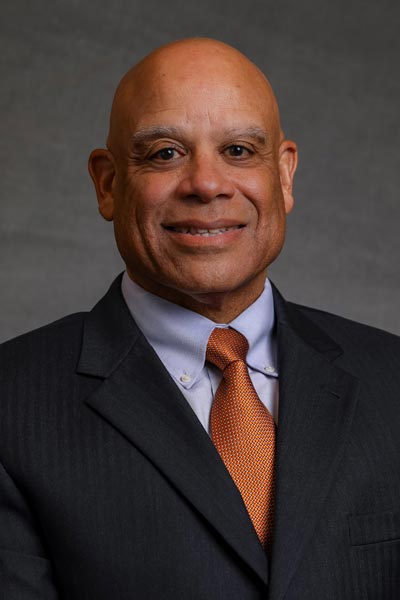
Mark Dean
Mark Dean, an IBM computer engineer and inventor, helped to build the IBM PC in 1981 and built the architecture that connects printers and monitors. He currently holds three of IBM’s nine PC patents.
Dean is the first Black American to become an IBM Fellow. He even served as VP of Worldwide Strategy and Operations for IBM Research and CTO for IBM Middle East and Africa. Today he is the John Fisher Distinguished Professor at the University of Tennessee.
Amongst his other successes, he was inducted into the National Inventor Hall of Fame in 1997, and April 25 was officially deemed “Mark Dean Day” in Knox County, Tennessee.
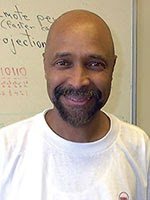
Clarence Ellis
Clarence Ellis’ first introduction to computer technology occurred when he took a job as a graveyard shift computer operator at 15. Ellis needed money to help his family, and the only reason he got the job was that he was the sole applicant. He was also banned from touching any of the equipment.
However, this didn’t stop him from finding a way to capitalize on the role.
He used his spare time to repeatedly read the manuals for the computer he was prohibited from touching, and soon after, when an emergency occurred, it was Ellis that came to the rescue.
This kickstarted his career in computing. In 1969, Clarence Ellis became the first Black male to earn a PhD in computer science.
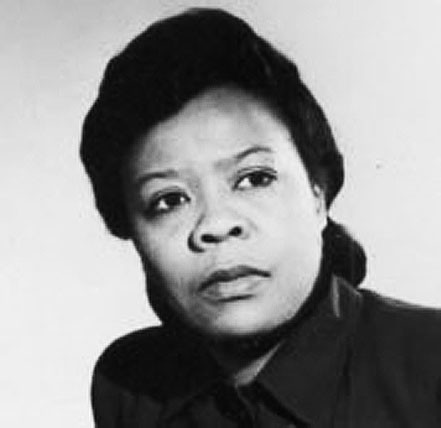
Marie Van Brittan Brown
Brown, originally a nurse, went on to invent another piece of technology many of us deem essential today: the home security system.
As a nurse, Brown worked irregular hours. She also lived in Queens, New York, which suffered from a high crime rate at the time. Brown took matters into her own hands.
The first step to safety was knowing who was on the other side of the door. So she began by creating peepholes. Next, she set up an adjustable camera that could be used to view the other side of the door. Lastly, knowing the delay in emergency services, she designed a system that would alert them of an intrusion via the touch of a button.
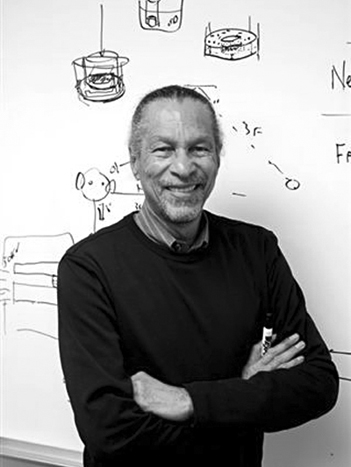
James Edward West
James E. West is known for developing the foil electret microphone still used in modern microphones. He has over 250 patents for the design of microphones and techniques for creating polymer foil electrets.
West began his career at Bell Labs as an acoustic scientist. He helped develop small microphones for mass production. After a successful career in engineering at Bell, he became a research professor at Johns Hopkins.
West has been recognised for his contributions by the Acoustical Society of America, where he served as president-elect, and the National Academy of Engineering, where he was a member.
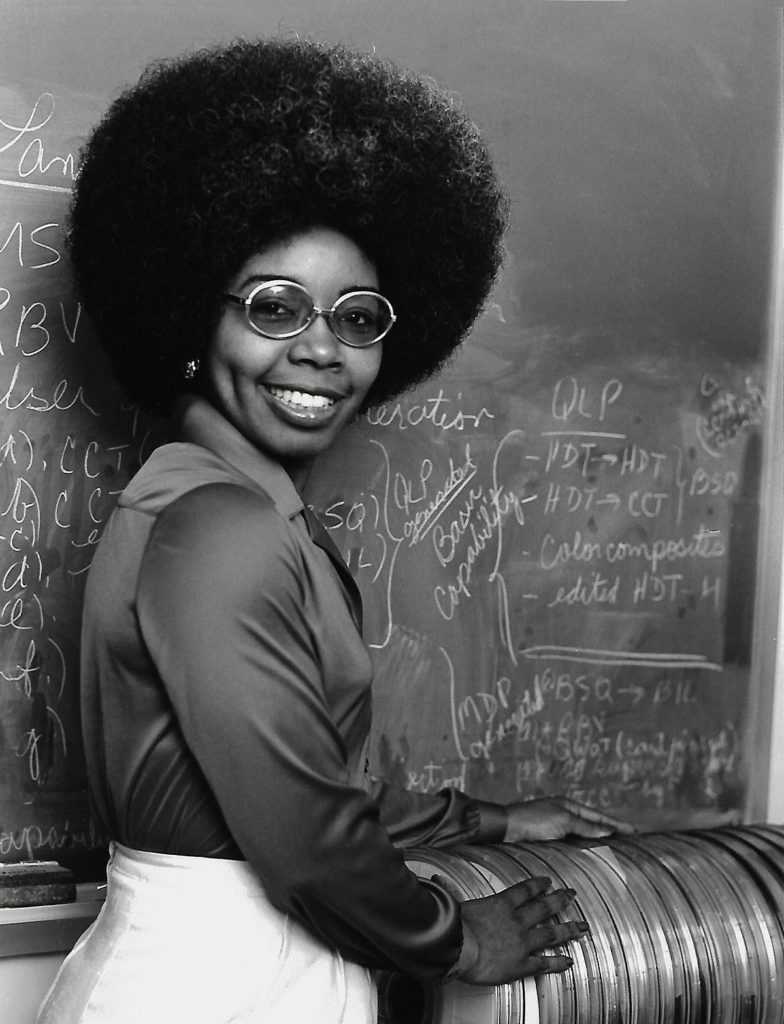
Valerie Thomas
Valerie Thomas is the former Associate Chief of NASA Space Science Data Operations. She is known for inventing the illusion transmitter during her long career at NASA, which is still used today.
Thomas’ career began as a data analyst for NASA, where she developed innovative computer data systems for satellite operations control centres. Later she spearheaded NASA’s first satellite to send images from outer space and received a patent for the illusion transmitter in 1980.
Thomas holds a degree in physics from Morgan State University and has earned many awards, such as the NASA Equal Opportunity Medal and Goddard Flight Center Award of Merit.

Get articles like
this via email
- Join 2,800 others
- Never miss an insight

